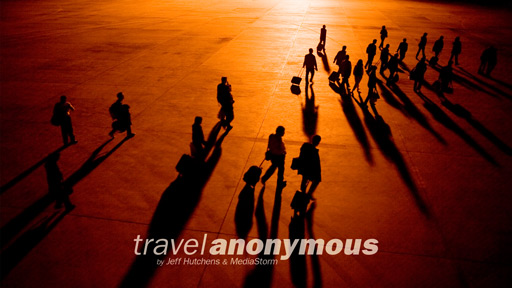Eight Things I (Re)Learned Editing Travel Anonymous
Sometimes having no limitations is the hardest obstruction. * To paraphrase the late novelist E.L. Doctorow., “[Making a movie] is like driving at night in the fog. You can only see as far as your headlights but you can make the whole trip that way.” * In other words, the only way out is through. * It’s hard to be spontaneous if you’re clinging to the some vague notion that what you’re doing is wrong. If you let yourself fail extravagantly, you might succeed beyond expectation. * "The first draft of anything is shit." - Ernest Hemingway * The unconscious mind loves to work out problems. You may feel doubt and uncertainty but your brain is busy untying knots. * Write down insights and ideas immediately. You’ll forget them otherwise. Seriously, you will. • The simple answer comes last, after you’ve worked your way through all the rest. It’s like sculpting: you…





